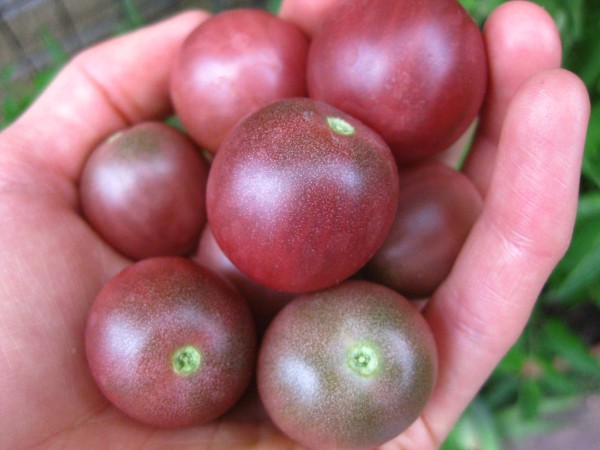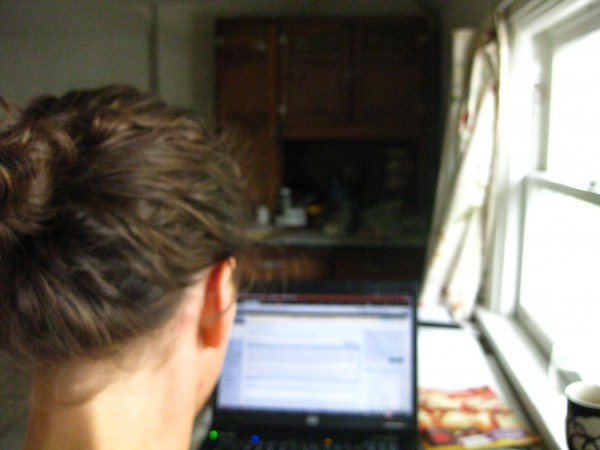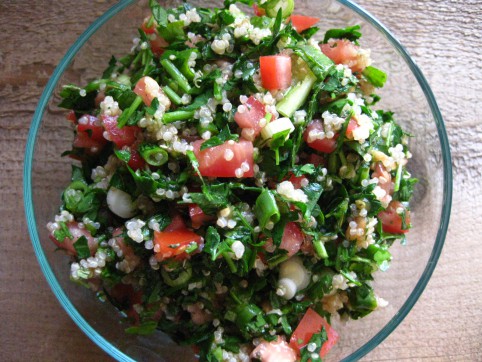








*****
Kitchen / Garden / Sanctuary - Urban Homesteading to Nourish Body + Spirit
It’s a busy time of year in my garden; in late August the produce is really starting to flood in, meaning a LOT of kitchen time between now and October!
All the time and effort spent thus far in my garden is really starting to pay off though. We have our own private organic farmer’s market just outside the back gate! Here, I’ll show you…
Let’s start in the fruit “orchard” where we have one apple tree, two peach trees, and three or four grape vines. Believe it or not, these are two of the peach trees I started from seed, documented in this post from 9 years ago! I make the grape jam that I love from the grapes, and have been starting to use our cut-up Winesap apples as the fruit in my morning green shake. Later on, I’ll make big batches of applesauce with them.





Standing at the North end of the garden:
Standing at the South end of the garden:






Celery:








Honeydew melons:

Watermelons:






*****

Here are a few more garden pictures that I wanted to show you, since I was over there yesterday. It was a brilliant weather day — not too hot, not windy, and just humid enough to make the air delicious and soft. Mentally and physically however, it was a total bummer day, so being in the garden felt vitally important! It’s such a grounding and life-affirming space, that wild and abundant garden. There’s some really intense energy flying around right now to put it diplomatically. Can you feel it? Intense situations, frustrations, and pivotal decisions abound! Nature spaces are the antidote — I’d make time to visit one if I were you.
***
So what you have here are the first tomatoes of the year — Black Cherry, and the orange one further down is Jaune Flamme, both heirlooms, and both really awesome. The Jaune Flammes are always my earliest and most reliable tomatoes; Black Cherry is a new one this year, but so far I’m definitely impressed.


I put up this bean trellis on Sunday; I really love it. It creates the feeling of a cozy outdoor room, and maybe if the beans get big enough they’ll provide some welcome shade from the afternoon sun.
And here this is our living room right now. In flux you might say!
As I write you this, I’m eating a beet that I pulled out of the garden yesterday. Steamed whole and eaten plain with just a bit of sea salt, how can something BE so delicious!?

Writing to you!…

Wishing you well on this beautiful, summery night!
*****

One of my all-time favorite foods, ever! This is my mom’s famous recipe.
***
And since my diet has gone essentially low fat vegetarian, which is presently all my body will handle, this stuff is my mainstay. I plow through an entire batch all by myself every 2 or 3 days! And since I can’t eat much oil at all, I change up the dressing to be only a small drizzle of oil, and tons of lemon juice, and I’ve grown to really love it this way!
Also, tabbouleh is normally made with bulghur. I always make it with quinoa now since I love the taste of it and it’s more nutritious and also a complete protein — but bulghur is of course delicious too!
***
1/2 cup uncooked bulghur or quinoa*
1-2 cups chopped tomatoes — (2 cups = about 1 lb) (I always make it with 2 cups of tomatoes now, but if you do, you may need to increase the amounts of lemon juice and olive oil slightly)
2 cups finely chopped parsley — chop first and then measure (about 1 medium-large bunch parsley…but do measure it first)
1/2 cup chopped green onion or 1/3 cup finely chopped white onion
1 level Tbsp dried mint, crushed (or 2 Tbsp fresh mint, finely chopped)
1/4 – 1/3 cup fresh lemon juice
1/3 cup olive oil
Salt (about 1 to 1 1/2 tsp), or to taste
Pepper to taste
***
Cook the 1/2 cup bulghur or quinoa* (1/2 cup grain to 1 cup boiling water + dash of salt; cover, simmer till water’s absorbed, about 20 minutes). Cool it to room temperature. If I’m in a hurry, I’ll put the hot quinoa into the freezer to cool it quickly.
Mix everything together in a big bowl. But if you don’t think you’ll eat all of it within a day or two, mix the dressing separately, and add it to the tabbouleh right before you eat a helping of it. That way the tabbouleh will stay fresh several days longer in your fridge.
Enjoy!
*****
*Cooking quinoa:
Be sure to rinse the quinoa well to remove bitter saponin residue. The quick way to cook it is to boil your water (ratio of 1 cup grain to scant 2 cups water), add some salt, add quinoa and cover, simmering until the water is absorbed, about 20 minutes.
However, if you’re able to plan ahead enough, it’s much better, healthwise, to soak your quinoa for at least 12 hours to make it more digestible — the way traditional cultures do. Soaking grains neutralizes phytic acid (which binds to essential minerals like calcium, magnesium, iron, and zinc, and blocks their absorption) as well as enzyme inhibitors in the grain. Soaking also breaks down difficult-to-digest proteins and encourages the production of beneficial enzymes which in turn increases the vitamin (especially B vitamin) content of the grain.
So…
To soak quinoa: Thoroughly rinse 1/2 cup of dry quinoa to remove bitter saponin residue. Put 1 Tbsp of lemon juice or vinegar into a measuring cup and fill to the 1/2 cup mark with warm water, then mix with the quinoa in a bowl. Cover and let sit at room temperature for at least 12 hours, or up to 24. When you’re ready to cook, rinse and drain the quinoa well, and place in a saucepan. Add a scant 1/2 cup of water, and a little salt. Bring to a boil and simmer, covered, until all the water is absorbed, about 20 minutes. Cool, and proceed with the recipe.
*****